Table of Contents
- Understanding the Growth Mindset
- High-Performing Educators with Growth Mindset
- Promoting a Supportive Climate in the Classroom
- Never Get Afraid of Failures
- Give Constructive Feedback
- Celebrate the wins of Students
- Growth Mindset Language and Activities
- Strategies for Cultivating a Growth Mindset in Students and Teachers
- Professional Development
- Classroom Practices
- Parental Involvement
- Tools and Resources
- Growth Mindset for Different Roles
- Challenges and Solutions
- Common Obstacles
- Overcoming Barriers
- Conclusion
Imagine two middle-grade students, Sara and Nolan, working on their algebra. Sara tried to do practice questions but failed miserably. She felt defeated and thought “Algebra is not my cup of tea so I am not doing it.” On the other hand, Nolan tried to do algebra but was unable to understand it. But, he thought “I should keep trying until I understand it.” After initial frustration and struggle, he succeeded.
This is not a fictional story but tells us the difference between growth and a fixed mindset introduced by Carol Dweck. Now, you must want to know what a growth mindset is. Well, this article will explain the concept of a growth mindset and its importance for educators and the educational community in detail.
Understanding the Growth Mindset
The growth mindset is a belief that intelligence and skills can be polished with time through perseverance, strategies, hard work and continuous learning. It is the contrary of a fixed mindset that believes skills and intelligence are innate and you can't improve them. The above example of Sara is explaining a fixed mindset and the example of Nolan is explaining a growth mindset.
This concept of growth mindset was coined by psychologist Carol Dweck who was interested in the attitude of students when they fail. It was the 1980s when he did a year-long experiment on a middle-grade school. After a year, he found that some students bounced back after the failure but some became devastated. Those who bounced back have a growth mindset.
Different neuroscientists also research brain plasticity and find out that hard work, continuous learning and resilience can increase the power of neuro cells and make new neural connections in the brain that enhance the power.
They also found that we could change the mindset of students. For example, some researchers conducted a study where they taught about growth mindset to 7th-grade students. After that, they saw improvement in their math grades.
So, a growth mindset promotes collaborative learning, maximizes productivity, and adds a love for life-long learning in students.
High-Performing Educators with Growth Mindset
Educators with a growth mindset can help their students in developing this mindset in their lives. Some traits of educators with a growth mindset are:
Promoting a Supportive Climate in the Classroom
These educators make sure that there is a positive and supportive climate in the classroom where students share information and their opinions are valued. These educators respect each student’s effort and encourage them to grow and learn.
Never Get Afraid of Failures
These educators are not worried that their students will fail in a specific task. They emphasize effort, taking risks and journey rather than on the results.
Give Constructive Feedback
These educators make sure to give detailed feedback to students that address different areas of their growth. Their feedback focuses on the struggle of students rather than on the outcome. They also emphasize hard work and effort when they praise.
Celebrate the wins of Students
To appreciate students and push them to keep learning, educators celebrate every win of their students.
Growth Mindset Language and Activities
They use growth mindset language daily. For example, using “yet” in the sentence can make it a growth mindset language. The example is “You can't do it yet but if you keep struggling you can do it.”
Different critical thinking activities, group projects and project-based learning can promote a growth mindset in students. So, these teachers focus on it.
Strategies for Cultivating a Growth Mindset in Students and Teachers
Professional Development
Teachers should be given proper resources, workshops and training to apply a growth mindset in their lives and their students. They should be provided with materials and technology that are crucial for their growth and their kid’s growth.
Teachers should also do self-reflection activities to ponder over their mistakes and learn from other teachers' mistakes. This will help them to grow.
Classroom Practices
Teachers should do different growth mindset activities in the classroom. They can find it on different online tools or platforms such as Khan Lab. Moreover, they should encourage their students, never compare them with others, make classrooms student-centered, tell them about growth mindset, promote the knowledge of metacognitive activities and give them space for self-paced learning.
Parental Involvement
Research shows that parents have an impact on the mindset of their kids. So, they should praise their efforts, provide them with resources to understand their growth mindset, and not punish them for making mistakes. Also, they should help kids in using their positive emotions in learning.
Tools and Resources
Different platforms provide different online courses or helping hands to students and teachers in this journey. One example of this is Code Academy. Teachers or parents can use it to teach kids the hard topic of coding and encourage them to do different exercises by doing self-paced learning and embracing failures in the journey. Moreover, there is a Teachify lab that can help teachers in making growth mindset activities based on curriculum with ease.
Growth Mindset for Different Roles
Students: If students don't get disheartened by their failure, they can improve their grades, learn advanced skills and become lifelong learners.
Teachers: Teachers should keep focusing on growth mindset language and activities to foster productivity in their students.
Libraries and Librarians: Libraries can have online resources and books about growth mindset that enable students to learn about it.
Parents and Tutors: They also allow kids to experiment with new things, give them resources and enable them to learn from their mistakes.
Instructional Designers: They should add growth mindset activities and metacognitive strategies to the curriculum.
School Administrators: They should provide professional training to teachers and allow students to access growth mindset resources.
Educational Software Developers: They should design their software in a way that can foster a love for learning in the students.
Educational Researchers: They should study the current strategies of growth mindset and analyze which strategy is working and which needs attention.
NGOs and Entrepreneurs: They should also start some workshops and community centers that involve growth mindset activities.
Challenges and Solutions
Common Obstacles
Teachers can be pressured to complete the curriculum on time so they don't focus on growth mindset activities. Or, they can face resistance from students who have a fixed mindset.
Teachers and students can also start questioning their worth and have a fear of failure or new challenges.
Overcoming Barriers
Teachers should start with small activities so that students can get accustomed to them and stop resisting them. Moreover, they should have conversations about growth mindset along with examples of successful people with their students. Teachers can give examples of their struggle too so that students can feel motivated.
Conclusion
In the end, there is a quote from Ralph Waldo Emerson:
“The only person you are destined to become is the person you decide to be.” So, a growth mindset is crucial for productivity and making us the person we want to be. We all should play our part in implementing growth mindset strategies in students. You all can get access to different online courses related to growth mindset to learn more about it.







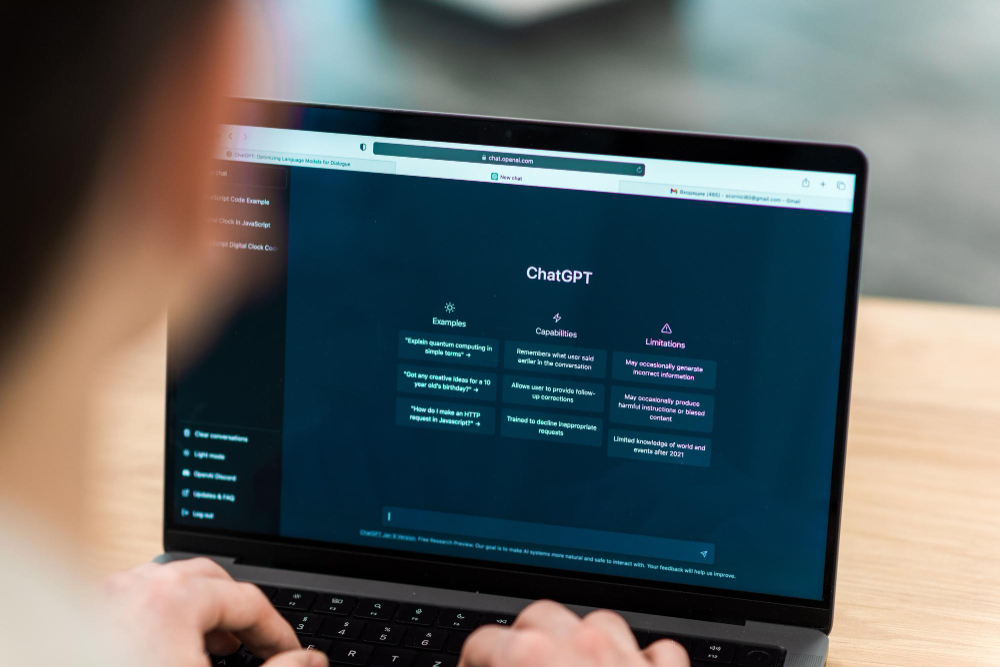








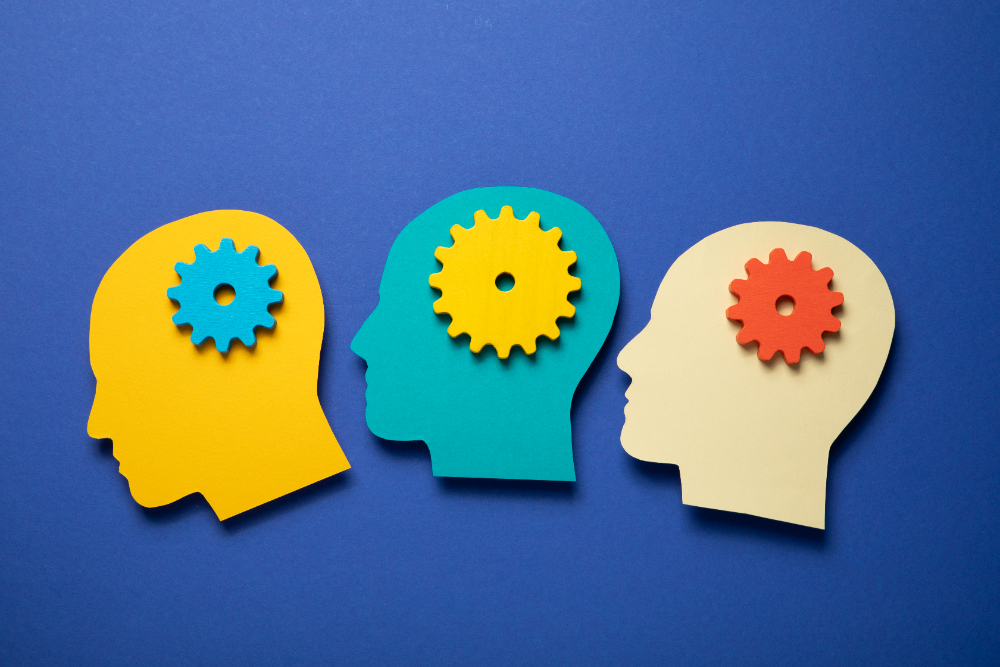










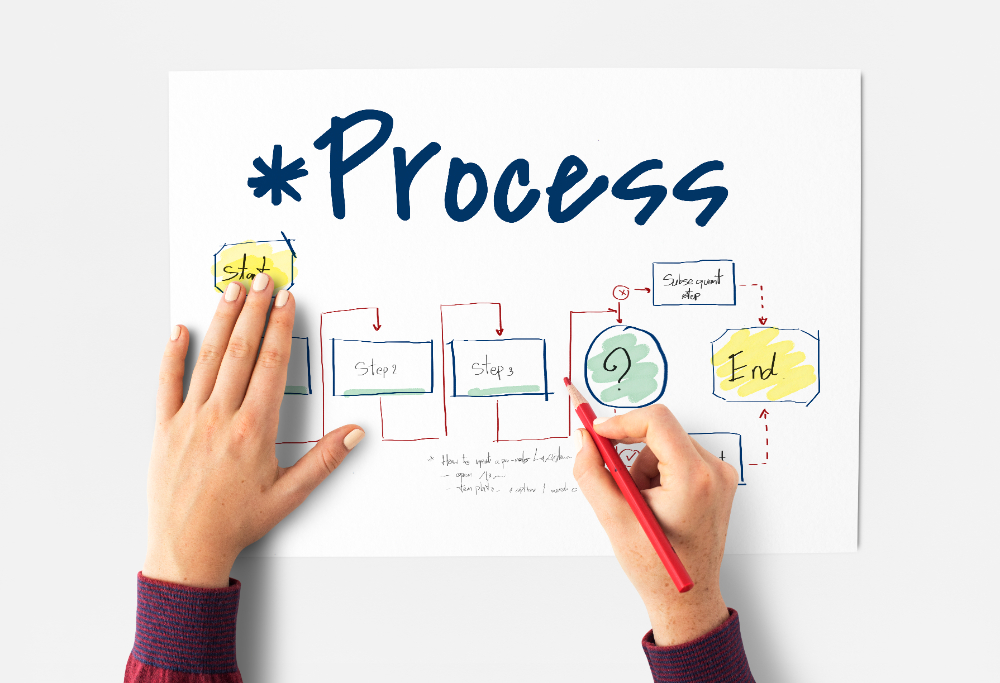


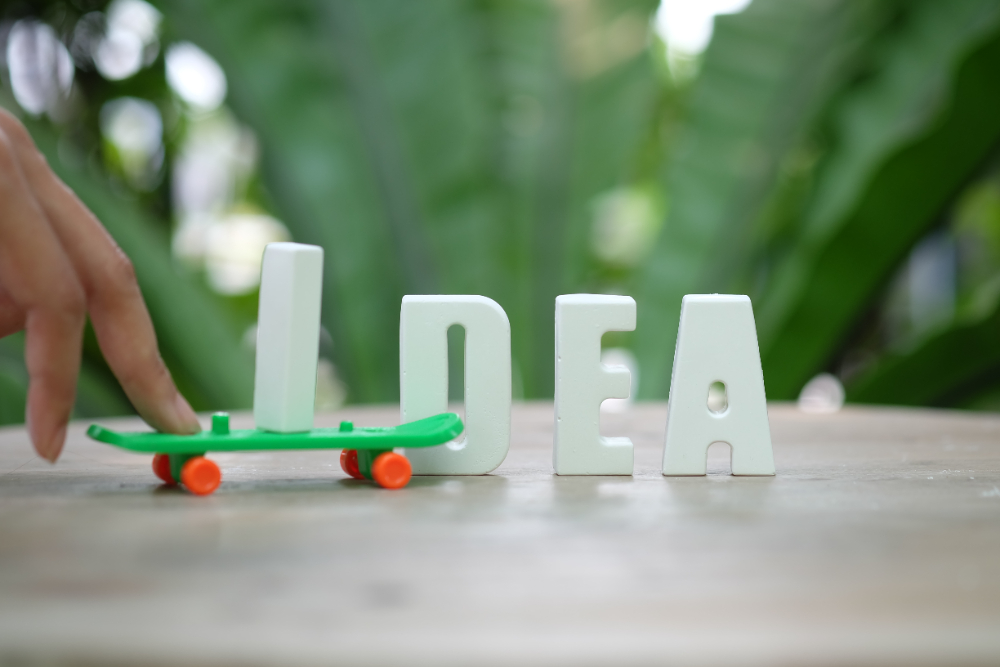
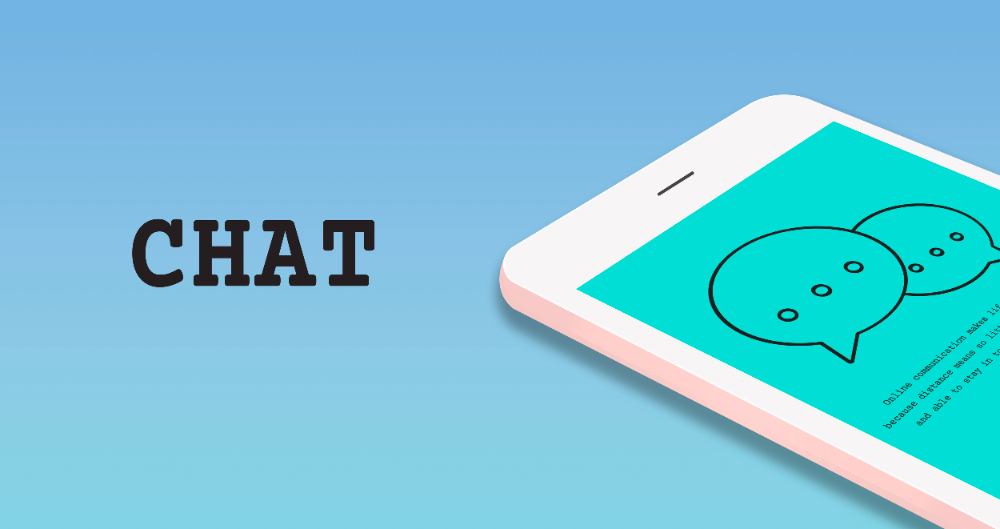

Comments are closed.